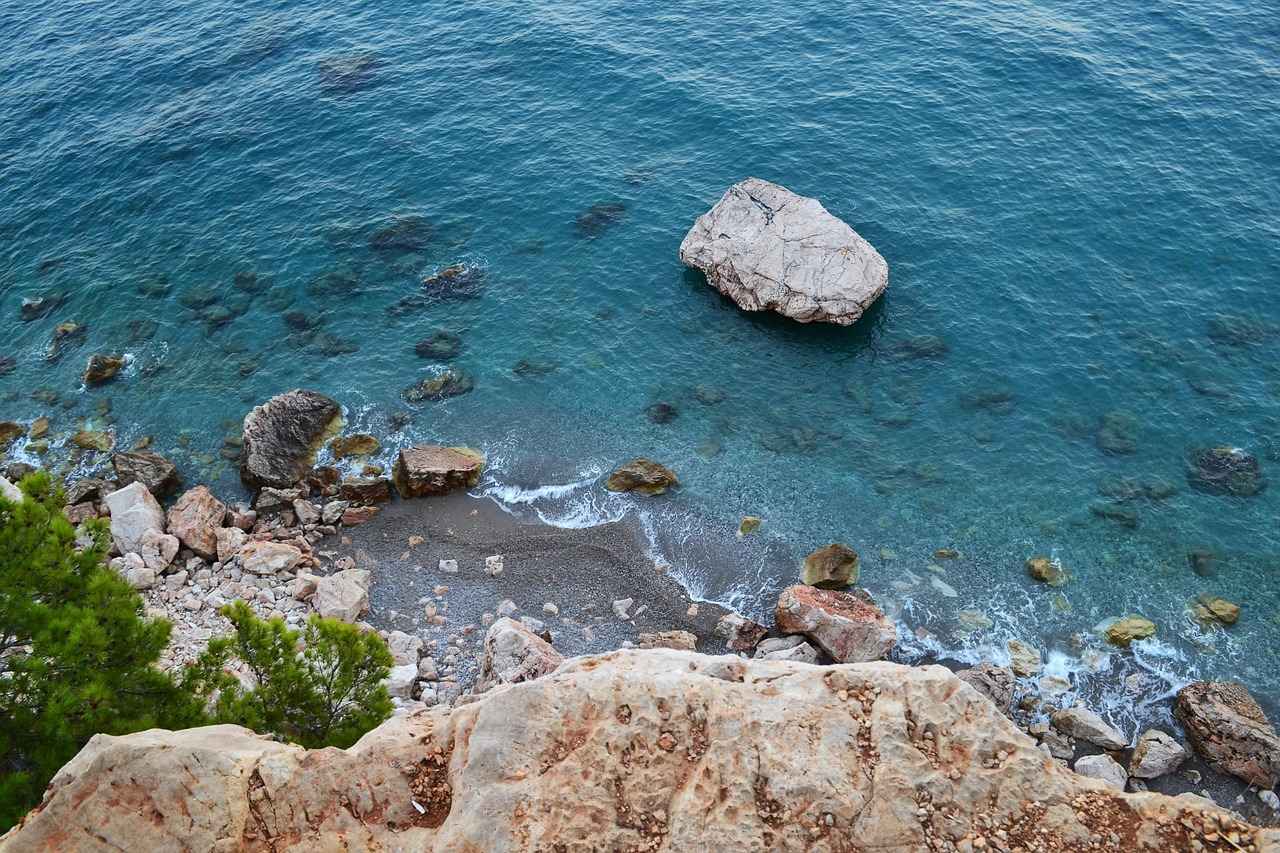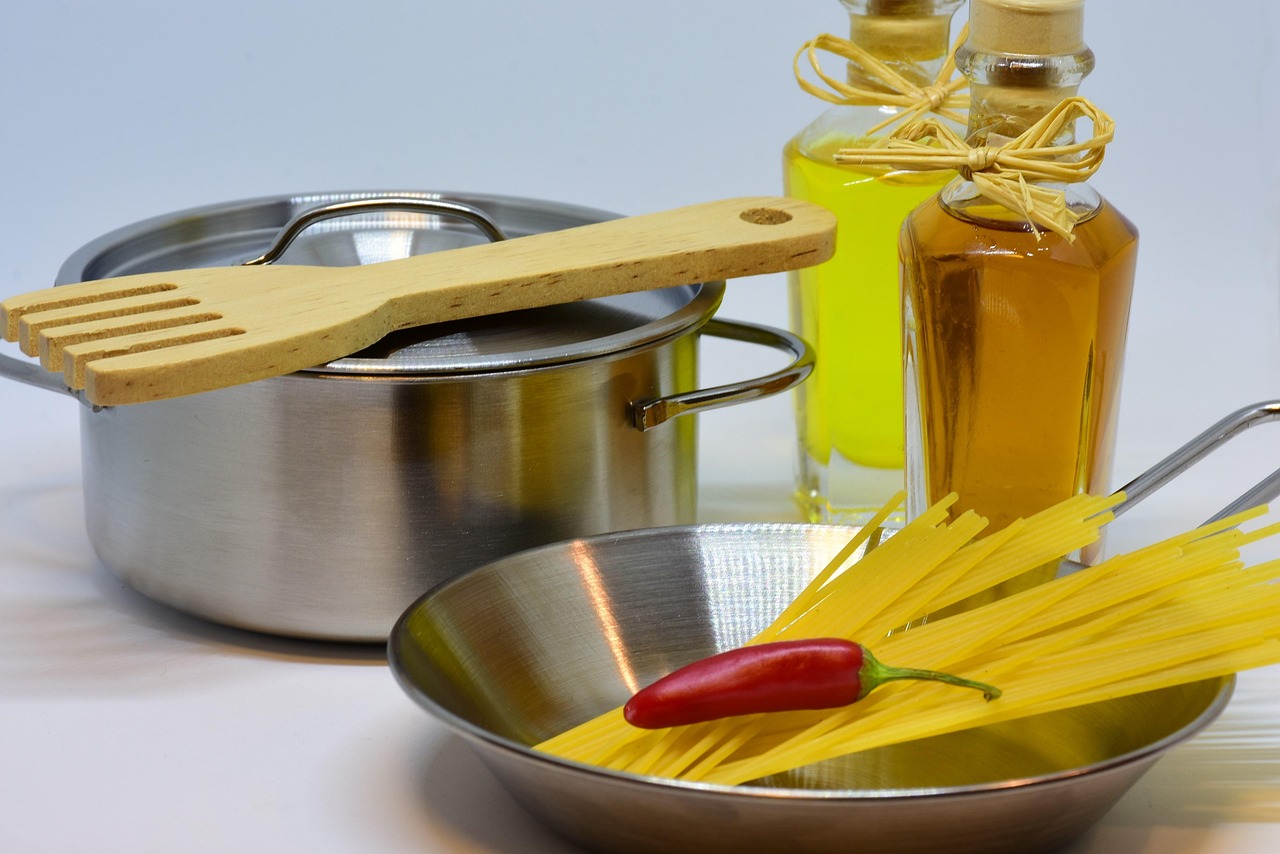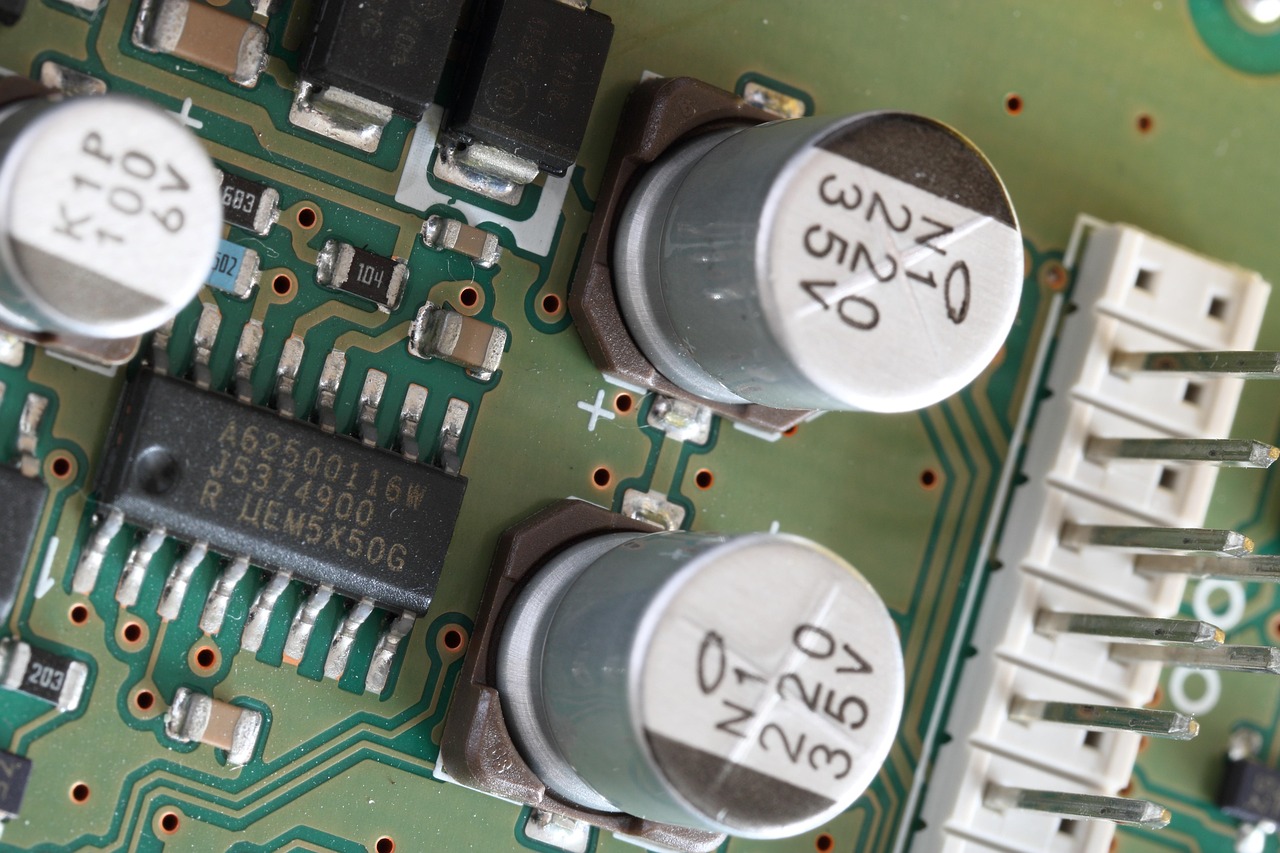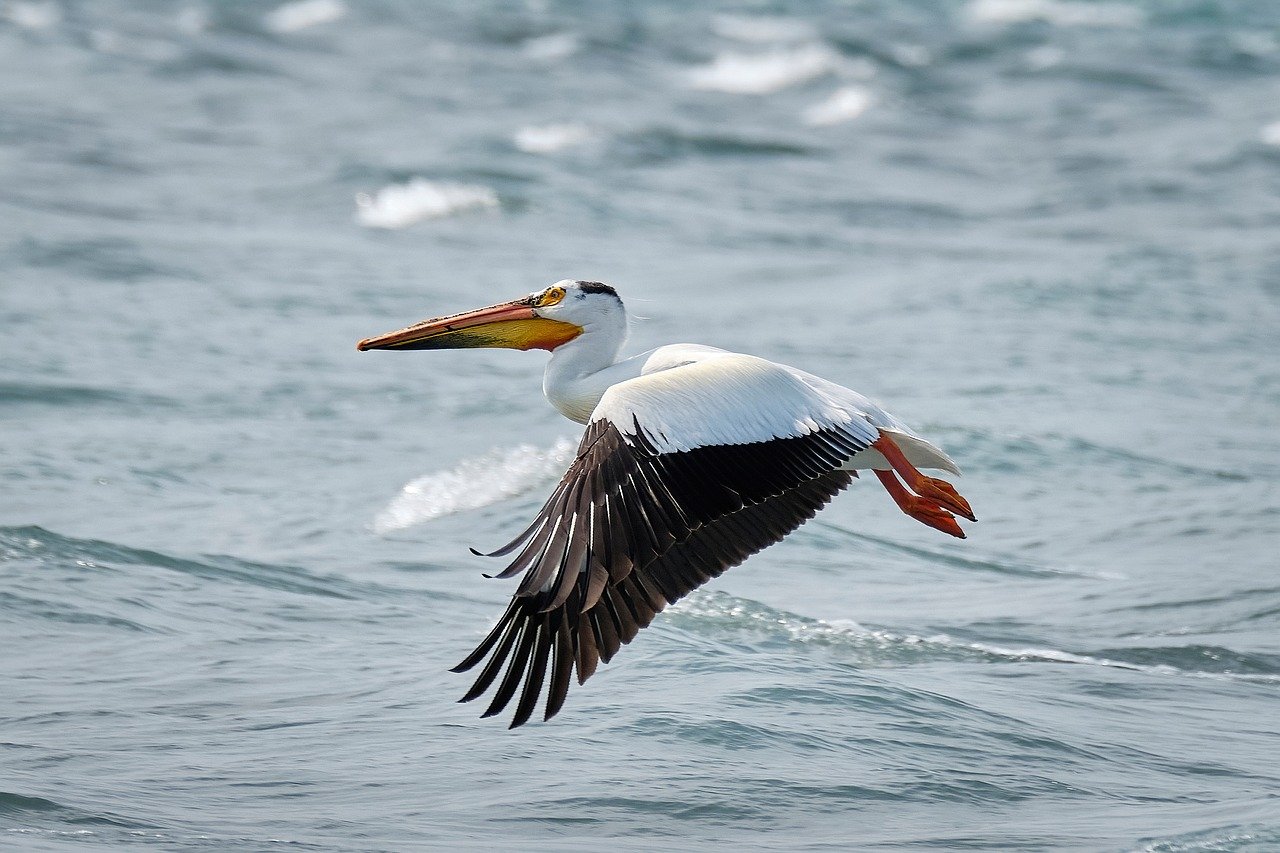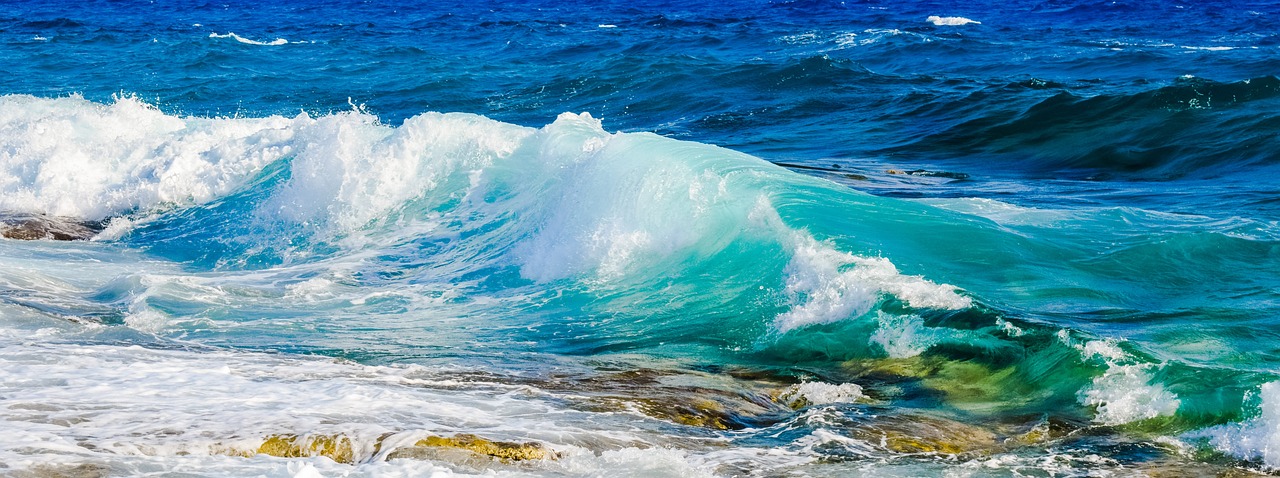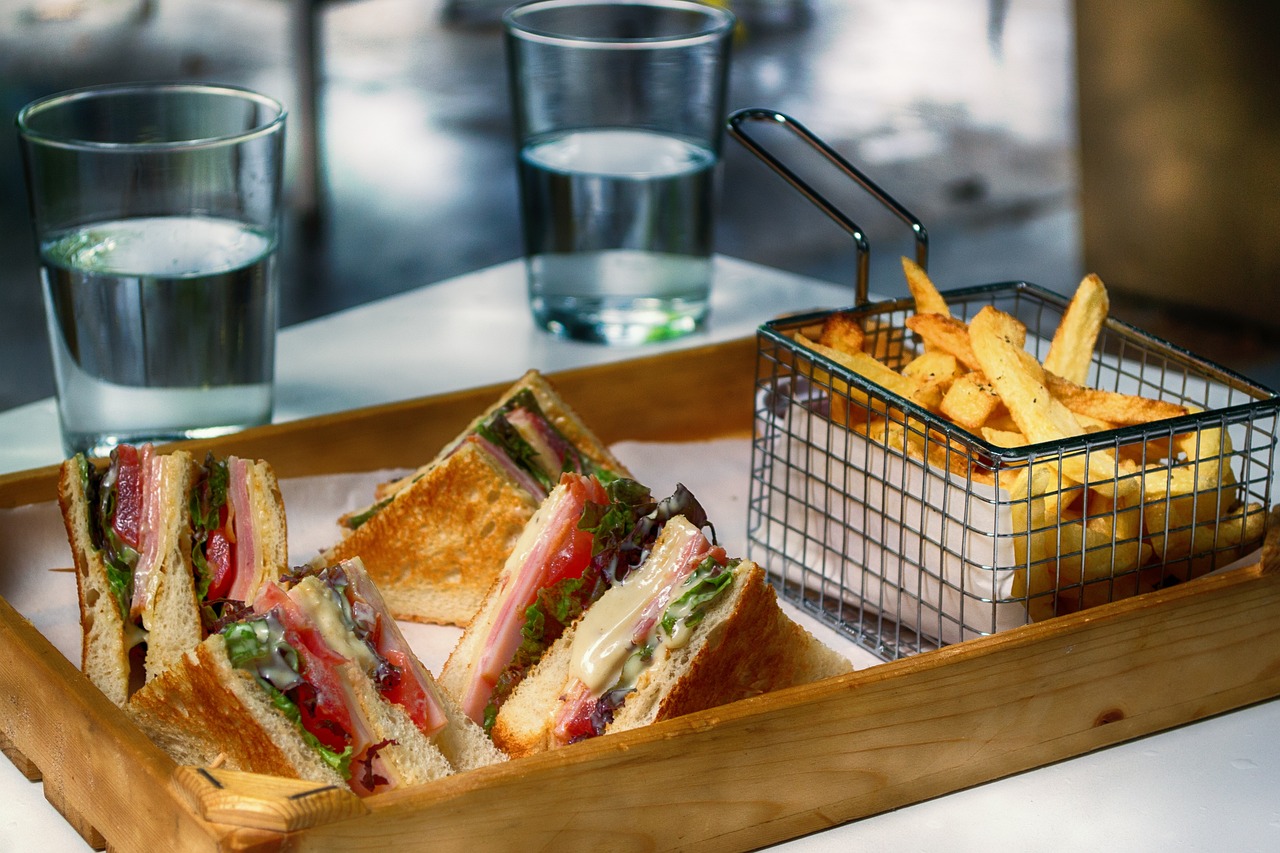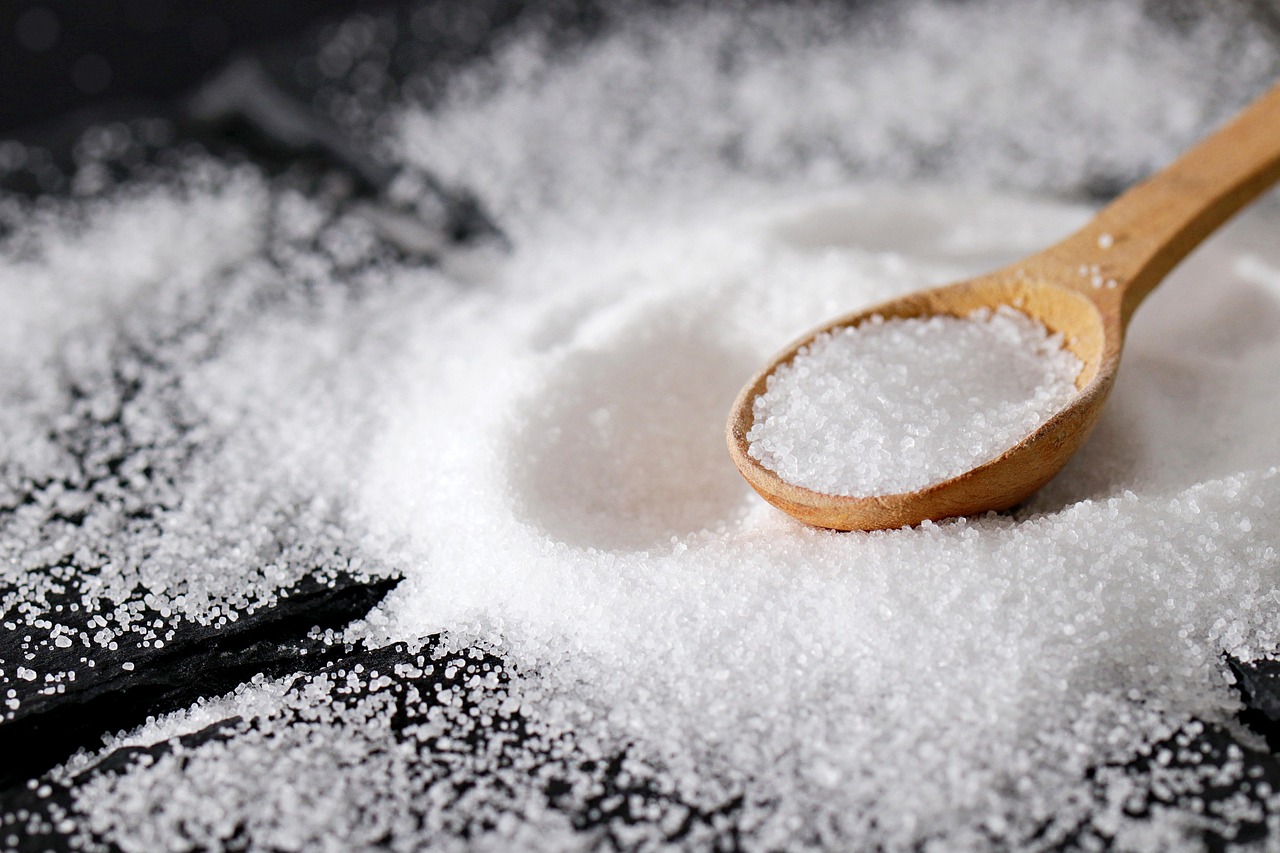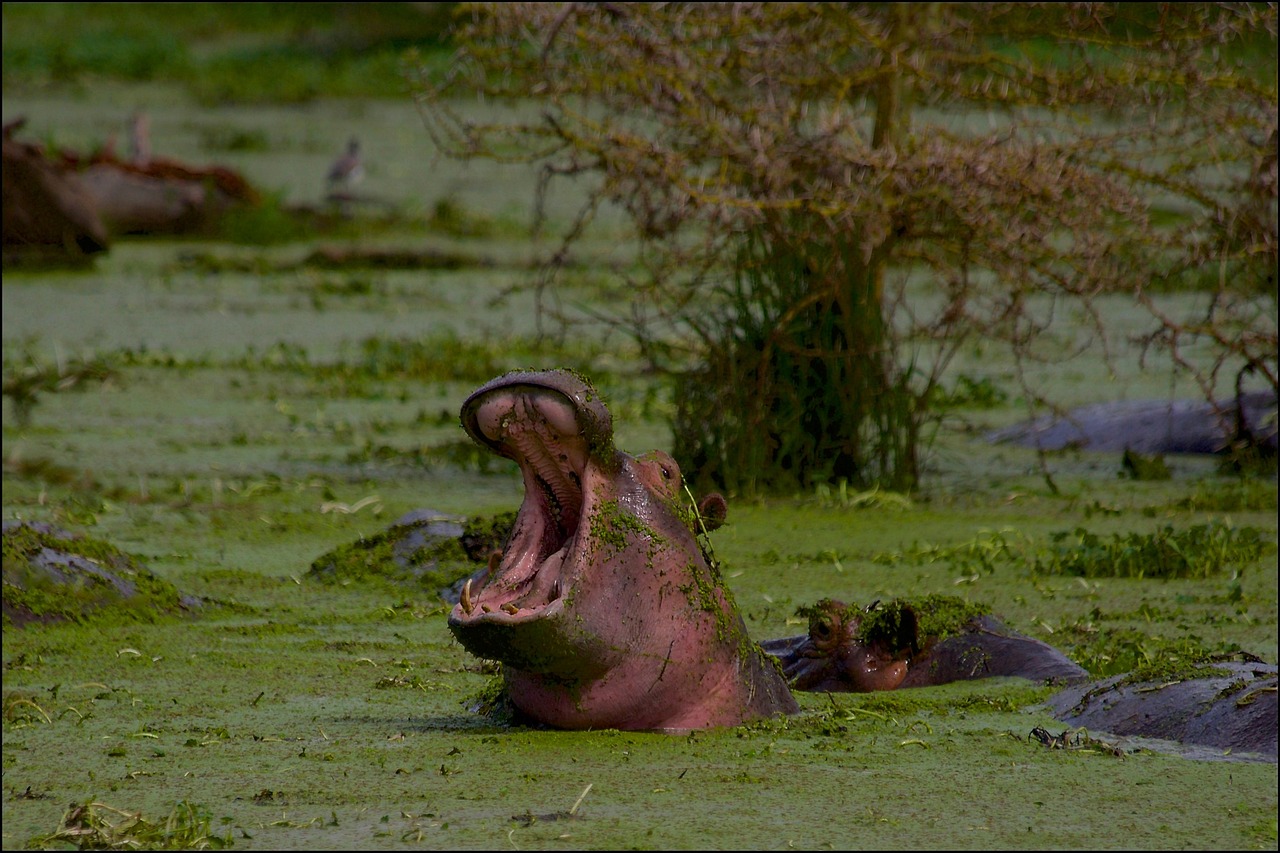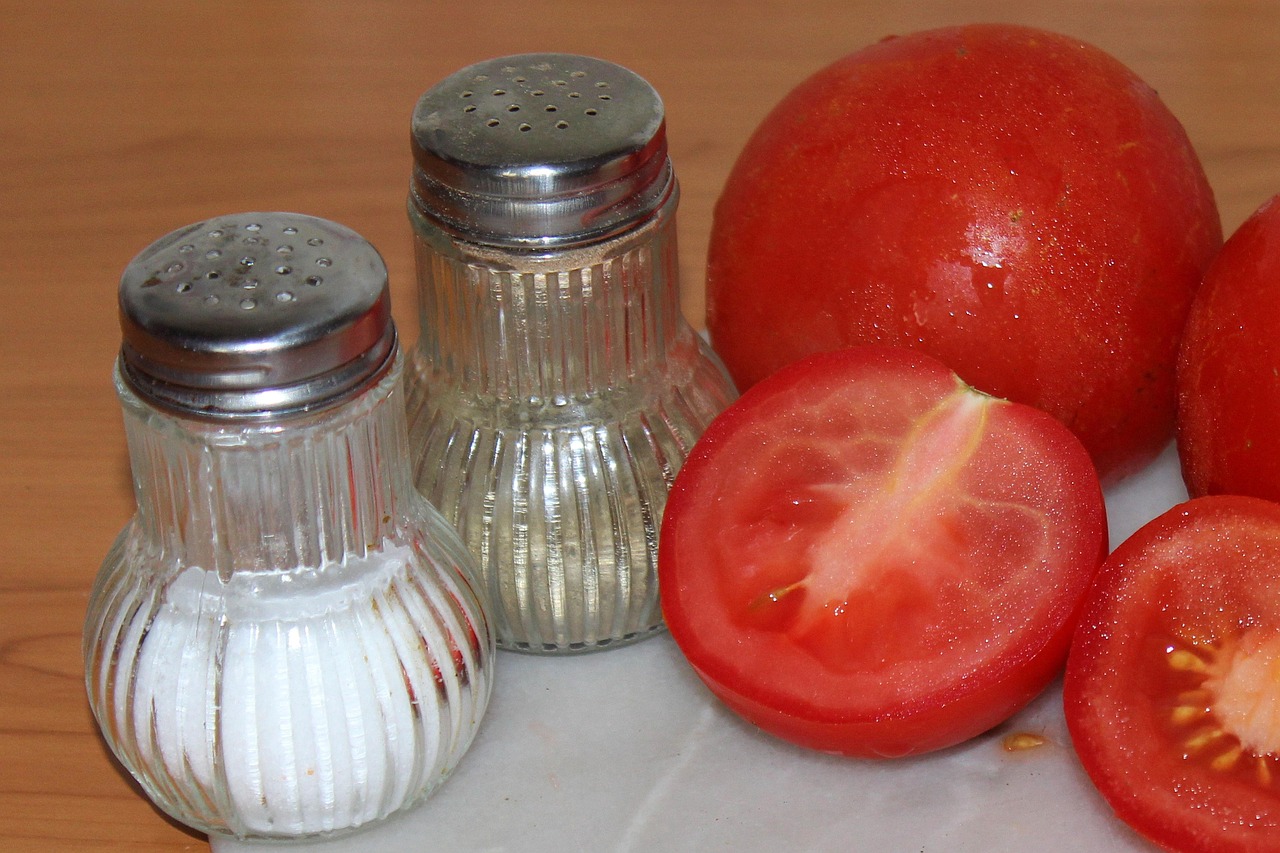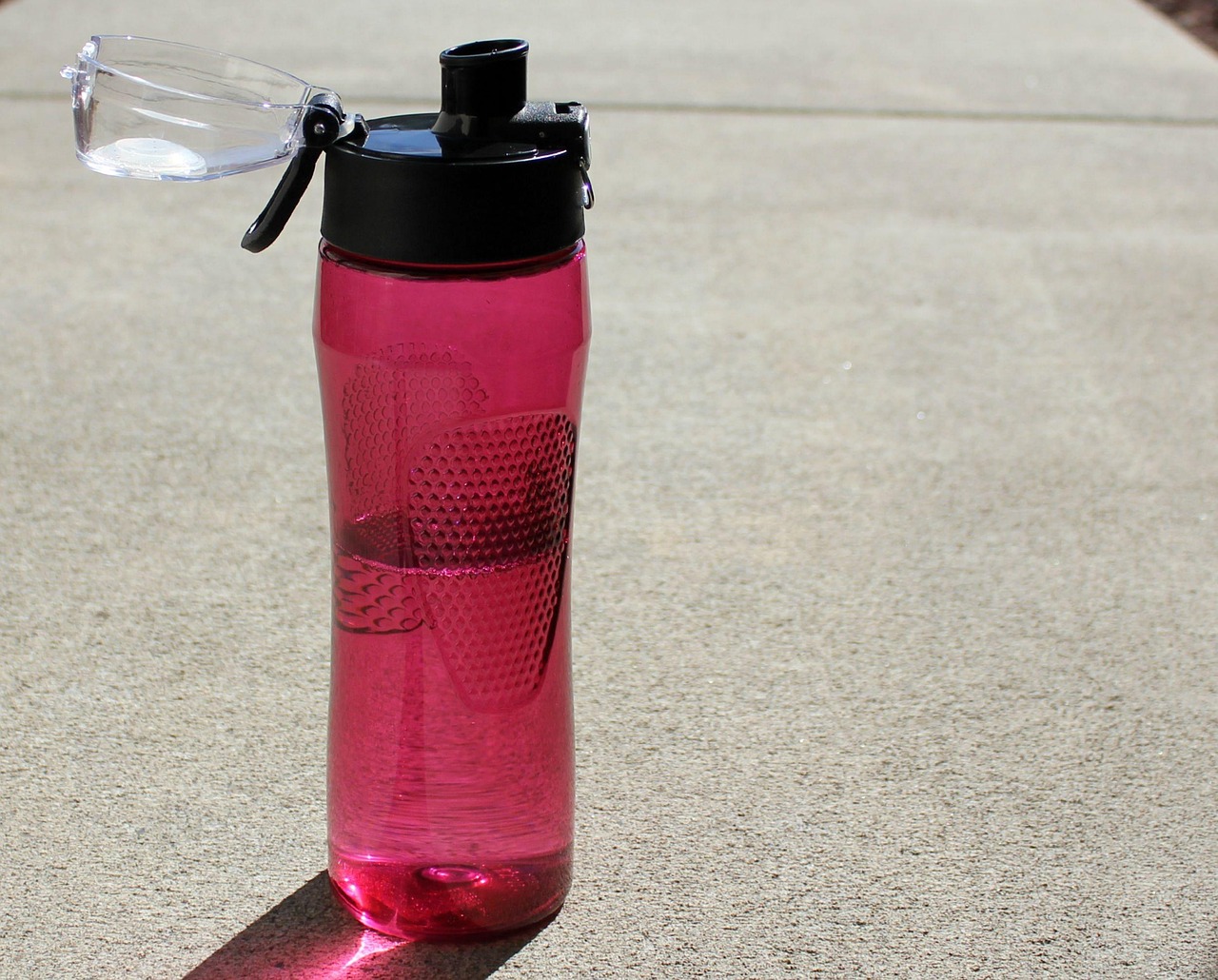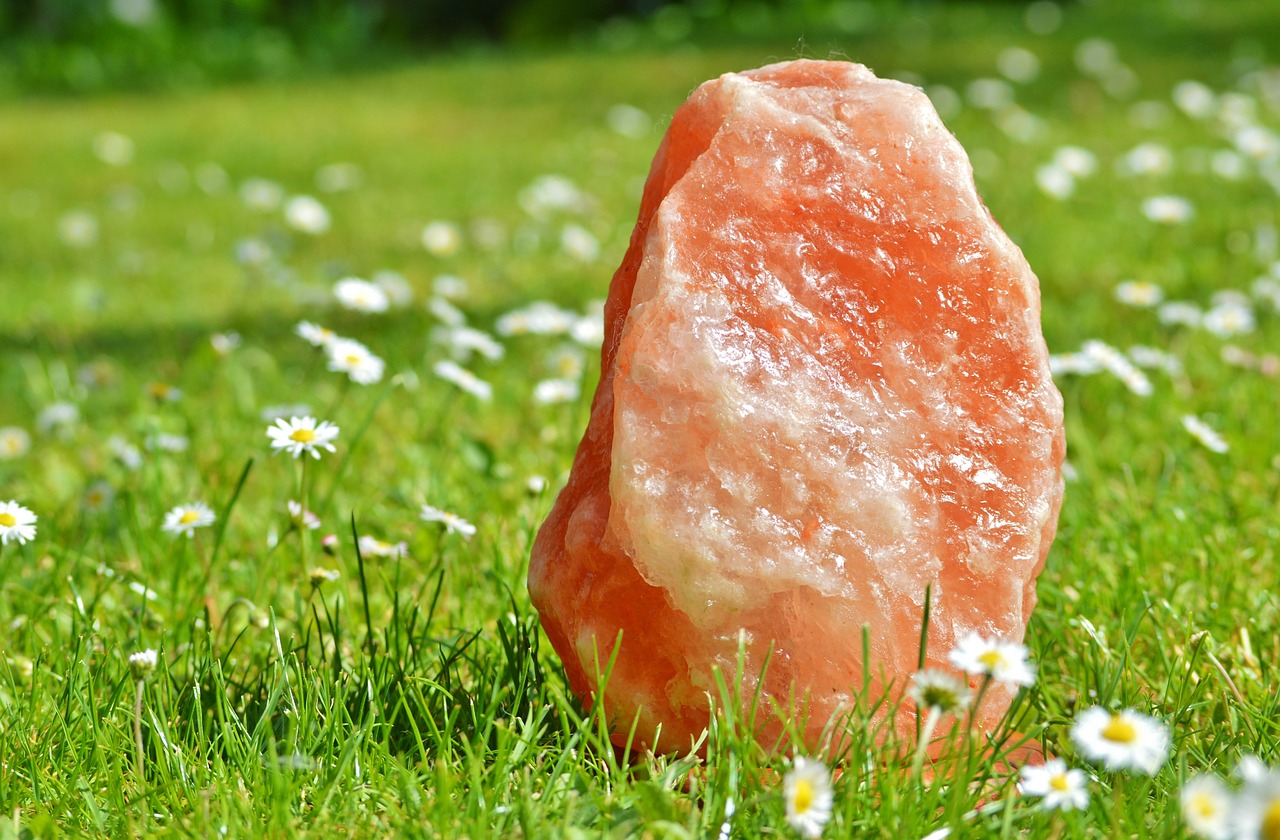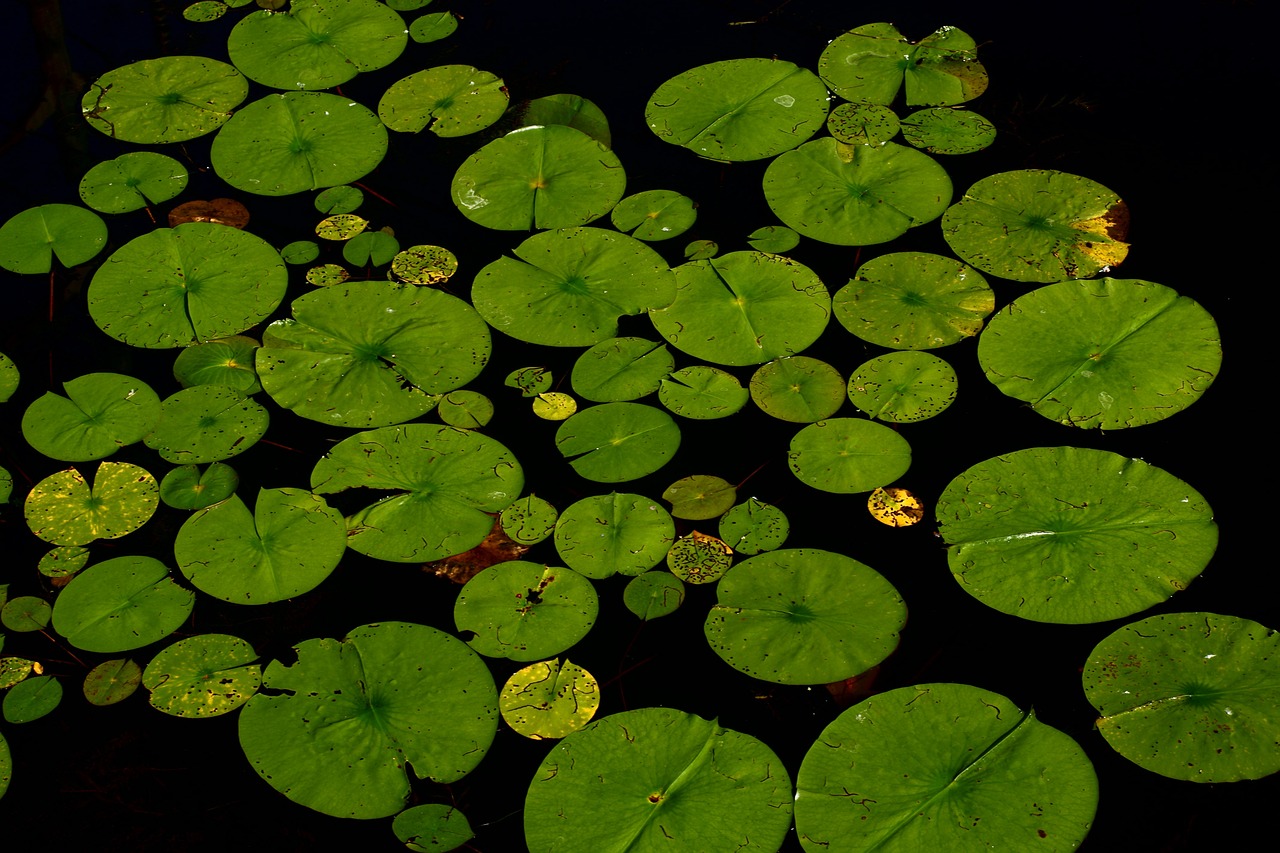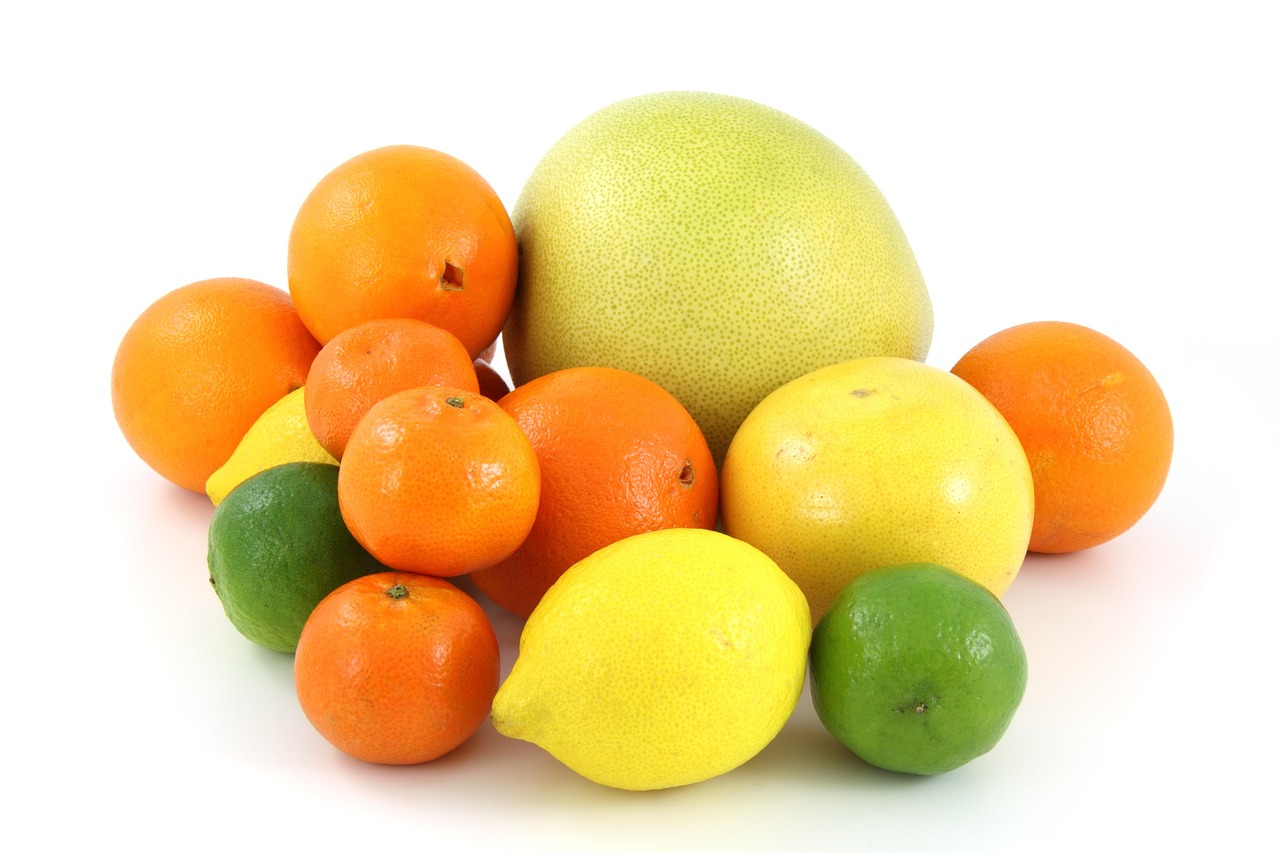This article delves into the intriguing question of whether hot water boils faster than cold water. This age-old debate has fascinated scientists, chefs, and curious minds alike. By examining the underlying scientific principles, reviewing experimental findings, and discussing practical implications, we aim to provide a comprehensive understanding of this topic.
The Science Behind Boiling Water
To understand the boiling process, it is essential to grasp the concepts of temperature, heat transfer, and molecular movement. When water is heated, its molecules begin to move faster, increasing the temperature until it reaches the boiling point. At this stage, the water transitions from a liquid to a gas, creating steam. This section will explore the fundamental principles that govern how water boils, including the role of energy input and molecular interactions.
Key Factors Influencing Boiling Time
- Initial Temperature: The starting temperature of the water significantly impacts how quickly it reaches boiling.
- Volume of Water: Larger quantities of water take longer to boil compared to smaller amounts.
- Heat Source: The type of heat source—whether it’s gas, electric, or induction—greatly affects the boiling efficiency.
Temperature and Pressure Relationships
The relationship between temperature and atmospheric pressure plays a crucial role in boiling. As pressure decreases, such as at higher altitudes, the boiling point of water also decreases. This section will discuss how changes in pressure can significantly alter boiling points and cooking methods.
High Altitude Effects
At higher altitudes, the boiling point of water drops due to lower atmospheric pressure. For instance, water boils at around 94°C (201°F) at 2,000 meters (about 6,561 feet) above sea level. This phenomenon can affect cooking times and methods, requiring adjustments for optimal results.
Pressure Cookers and Their Efficiency
Pressure cookers operate by increasing the pressure inside the pot, which raises the boiling point of water. This allows food to cook faster than it would under normal atmospheric conditions. Understanding this principle can help enhance culinary practices and improve cooking efficiency.
Heat Source Variability
The type of heat source can significantly influence boiling times. For example, induction cooktops can heat water more rapidly than traditional electric or gas stoves. This section will examine how different heat sources impact water temperature and boiling efficiency, providing insights for optimal cooking practices.
Does Hot Water Boil Faster? The Controversy
The debate over whether hot water boils faster than cold has puzzled many. Some believe that hot water will reach its boiling point quicker due to its initial temperature, while others argue that the difference is negligible. This section reviews various perspectives and scientific studies addressing this question.
The Mpemba Effect Explained
The Mpemba effect suggests that under certain conditions, hot water can freeze faster than cold. This phenomenon has led to further discussions about boiling rates and temperature dynamics. Understanding this effect can provide valuable insights into the complexities of thermal dynamics.
Scientific Studies on Boiling Rates
Numerous experiments have been conducted to test the boiling rates of hot versus cold water. Key findings from notable studies reveal that while hot water may initially seem to boil faster, various factors like heat source, container, and environmental conditions play significant roles. Summarizing these findings can help clarify the boiling process and its variables.
Practical Applications in Cooking
Understanding boiling times can enhance cooking efficiency in the kitchen. For home cooks, knowing how to optimize boiling times can lead to better meal preparation. This section provides practical tips for achieving the quickest boil, such as:
- Using a lid to trap heat.
- Choosing the right size pot for the amount of water.
- Starting with hot tap water to reduce initial heating time.
Best Practices for Boiling Water
To achieve the quickest boil, certain practices can be employed. Expert recommendations include using a wide pot for better heat distribution and ensuring that the burner is set to the highest setting. These tips can maximize boiling efficiency in everyday cooking.
Common Cooking Myths Debunked
Many myths surround the boiling of water, including the belief that adding salt increases boiling speed. In reality, while salt can raise the boiling point, the effect is minimal and does not significantly impact cooking times. This section debunks common misconceptions and provides clarity on effective cooking techniques.
Conclusion: Key Takeaways on Boiling Water
In summary, the boiling process is influenced by various factors, including initial temperature, heat source, and environmental conditions. Understanding these elements can help cooks optimize their methods and improve efficiency in the kitchen.
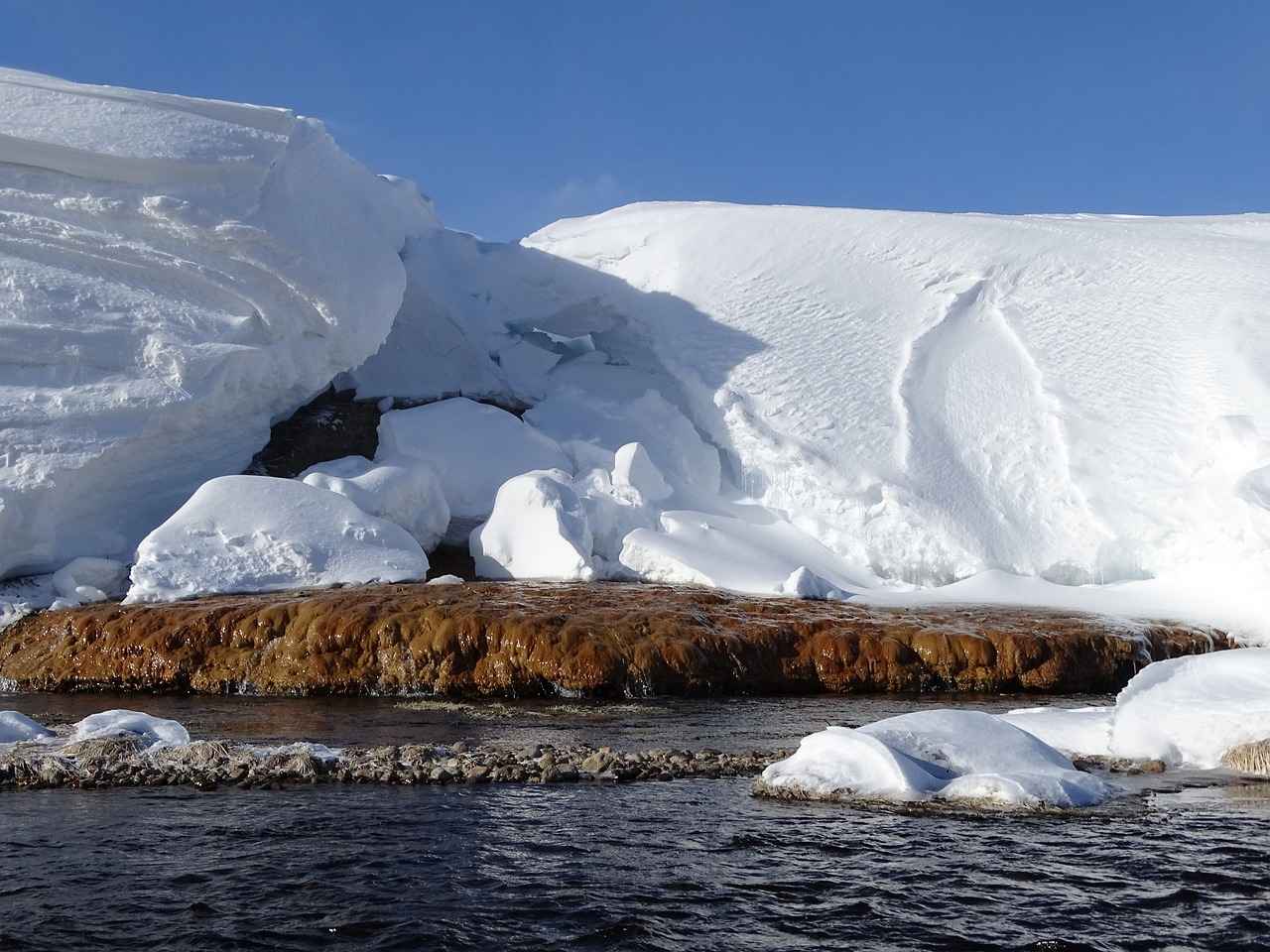
The Science Behind Boiling Water
Understanding the boiling process is essential for grasping how water transitions from a liquid to a gas. This transformation is not merely a change in state but a complex interplay of temperature, heat transfer, and molecular movement. In this section, we will explore these fundamental principles that govern the boiling of water.
At its core, boiling occurs when the temperature of a liquid reaches its boiling point. For water, this is typically 100°C (212°F) at sea level. However, this temperature is not fixed; it varies with changes in atmospheric pressure. As pressure decreases, such as at higher altitudes, the boiling point of water also decreases, leading to quicker boiling times under certain conditions.
When heat is applied to water, the molecules begin to absorb energy, causing them to vibrate more rapidly. This increase in molecular activity continues until the liquid reaches its boiling point, where bubbles of vapor form within the liquid. These bubbles rise to the surface and escape into the air, marking the transition from liquid to gas.
Heat transfer plays a crucial role in this process. There are three primary modes of heat transfer: conduction, convection, and radiation. In boiling water, convection is particularly relevant, as it involves the movement of warmer water rising and cooler water sinking, creating a circulation that helps distribute heat evenly throughout the pot.
Moreover, the heat source can significantly affect boiling efficiency. Different heat sources, such as gas stoves, electric burners, and induction cooktops, provide varying levels of heat intensity and distribution. For instance, induction cooktops heat water more quickly due to their direct heating method, which can lead to faster boiling times.
Another important factor to consider is the volume of water being heated. Larger volumes require more energy to reach the boiling point, while smaller amounts can boil more quickly. Additionally, the shape and material of the container used can influence how efficiently heat is transferred to the water.
Understanding these principles not only enhances our knowledge of the boiling process but also improves our cooking techniques. By applying this knowledge, we can optimize our approach to boiling water, making the process more efficient and effective. Whether you are boiling pasta, preparing tea, or cooking vegetables, knowing how heat and molecular movement work can make a significant difference in your culinary endeavors.
In summary, the science behind boiling water is a fascinating interplay of temperature, heat transfer, and molecular dynamics. By understanding these concepts, we can better appreciate the intricacies of cooking and the physical changes that occur when water boils.
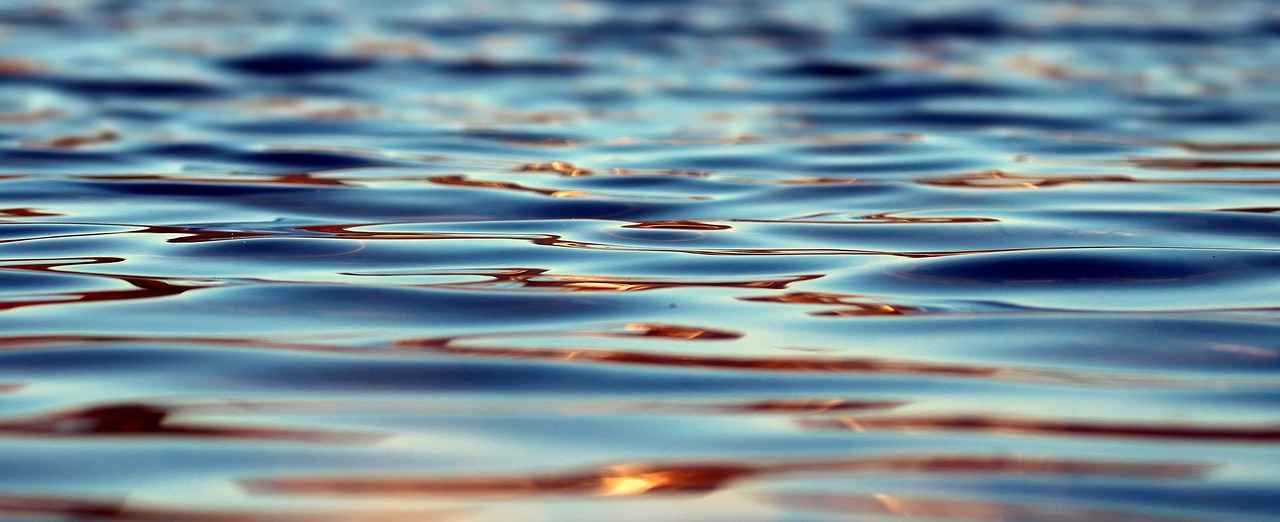
Key Factors Influencing Boiling Time
When it comes to boiling water, several key factors significantly influence how quickly it reaches its boiling point. Understanding these variables is essential for optimizing cooking efficiency and achieving the best results in the kitchen. In this section, we will delve into the primary factors that affect boiling time: initial temperature, volume, and heat source.
- Initial Temperature: The starting temperature of the water plays a crucial role in determining how long it takes to boil. Water that begins at a higher temperature requires less energy to reach the boiling point compared to cold water. This principle is often at the center of discussions about whether hot water boils faster than cold water. However, the difference in boiling times is not as straightforward as it seems, as other factors also come into play.
- Volume: The amount of water being heated can also affect boiling time. A larger volume of water requires more heat energy to raise its temperature to the boiling point. For instance, a small pot of water will boil faster than a large pot filled to the brim. This is due to the increased surface area and the greater heat absorption capacity of the smaller volume, leading to quicker temperature increases.
- Heat Source: The type of heat source used to boil water can greatly influence efficiency. Gas stoves, electric coils, and induction cooktops all transfer heat differently. For example, induction cooktops are known for their rapid heating capabilities, as they directly transfer energy to the pot. In contrast, traditional electric stoves may take longer due to slower heat transfer rates. The efficiency of the heat source can significantly impact the overall boiling time.
In addition to these factors, environmental conditions such as atmospheric pressure and altitude also play a role in boiling efficiency. At higher altitudes, the atmospheric pressure is lower, resulting in a decreased boiling point. This means that water will boil at a lower temperature, which can affect cooking times and methods.
Furthermore, the vessel used for boiling can introduce additional variables. The material of the pot, its shape, and even its color can influence how quickly water heats up. Darker pots may absorb heat more effectively than lighter ones, leading to faster boiling times.
In summary, understanding the allows cooks to make informed decisions in the kitchen. By considering the initial temperature, volume, heat source, and environmental conditions, one can optimize boiling efficiency and enhance cooking outcomes. Whether you are preparing a simple pasta dish or a complex recipe, these insights can help you achieve the best results in your culinary endeavors.
Temperature and Pressure Relationships
The relationship between temperature and atmospheric pressure is fundamental to understanding the boiling process of water. When we examine how these two variables interact, we can gain insights into why boiling points vary under different conditions. This section will explore how changes in pressure can significantly alter boiling points, affecting not only cooking practices but also various scientific applications.
To begin with, it is essential to recognize that boiling occurs when the vapor pressure of a liquid equals the surrounding atmospheric pressure. At sea level, water boils at 100 degrees Celsius (212 degrees Fahrenheit). However, this boiling point is not a fixed value; it fluctuates with changes in atmospheric pressure. For instance, as altitude increases, atmospheric pressure decreases, leading to a lower boiling point. This phenomenon is particularly relevant for those who cook at high elevations, where water may boil at temperatures as low as 90 degrees Celsius (194 degrees Fahrenheit).
Conversely, increasing the pressure on a liquid raises its boiling point. This principle is utilized in pressure cookers, which create a sealed environment that traps steam and raises the pressure inside the pot. As a result, water can reach temperatures above 100 degrees Celsius before it begins to boil, allowing food to cook faster. This is a practical application of the relationship between temperature and pressure that highlights its importance in culinary practices.
Furthermore, the implications of pressure changes extend beyond cooking. In scientific research and industrial processes, understanding how pressure affects boiling points can lead to more efficient operations. For example, in chemical engineering, controlling pressure is crucial for processes such as distillation, where separating components based on their boiling points is necessary.
In summary, the interplay between temperature and atmospheric pressure is vital for understanding boiling. Changes in pressure can lower or raise boiling points, influencing both everyday cooking and industrial applications. By recognizing these relationships, we can make informed decisions, whether we are adjusting recipes for high-altitude cooking or optimizing processes in a laboratory setting.
| Pressure (atm) | Boiling Point of Water (°C) |
|---|---|
| 1 | 100 |
| 0.9 | 95 |
| 0.8 | 90 |
| 2 | 121 |
As we continue to explore the intricacies of boiling, it becomes clear that temperature and pressure are not just abstract concepts but practical factors that influence our daily lives. Understanding these relationships can enhance our cooking techniques and inform scientific practices, making this knowledge invaluable.
High Altitude Effects
At higher altitudes, the boiling point of water decreases significantly due to the lower atmospheric pressure. This phenomenon can have profound implications for cooking methods and boiling times, making it essential for anyone living in or visiting high-altitude regions to understand how altitude affects these processes.
As elevation increases, the air pressure surrounding us diminishes. At sea level, water boils at 100 degrees Celsius (212 degrees Fahrenheit). However, for every increase of approximately 285 meters (about 935 feet) in elevation, the boiling point drops by about 1 degree Celsius. For instance, at an elevation of 2,438 meters (8,000 feet), water boils at around 92 degrees Celsius (198 degrees Fahrenheit). This lower boiling point can lead to a variety of challenges in cooking.
| Altitude (meters) | Boiling Point (°C) |
|---|---|
| 0 | 100 |
| 1,524 | 95 |
| 2,438 | 92 |
| 3,048 | 89 |
This reduction in boiling temperature means that cooking times will generally increase when preparing food at high altitudes. For instance, foods that normally require boiling, such as pasta or rice, may need additional cooking time to achieve the desired texture. This is because the water is not as hot as it would be at sea level, which can lead to undercooked food if not adjusted for.
Moreover, baking can also be affected by high altitude. The lower air pressure can cause baked goods to rise faster, which may result in a dry texture or collapse if not monitored closely. Bakers often need to modify their recipes by increasing the amount of liquid or decreasing the amount of leavening agents to compensate for these changes.
- Adjust Cooking Times: Increase cooking times for boiling foods.
- Modify Recipes: Add more liquid or reduce leavening agents in baked goods.
- Monitor Food Closely: Keep an eye on food to prevent over or undercooking.
In summary, understanding the effects of high altitude on boiling and cooking methods is crucial for anyone living in or traveling to elevated areas. By adjusting cooking times and modifying recipes, you can ensure that your meals are cooked properly, regardless of the altitude. Embracing these adjustments can lead to a more successful culinary experience, allowing you to enjoy delicious meals even in the mountains.
Pressure Cookers and Their Efficiency
Pressure cookers are innovative kitchen appliances that revolutionize the way we prepare meals. By utilizing increased pressure, these cookers enable water to reach higher boiling points, which significantly accelerates cooking times. This article delves into the mechanics of pressure cooking, its advantages, and its practical applications in culinary practices.
How Pressure Cooking Works
At the core of pressure cooking is the principle of pressure and temperature relationships. When a pressure cooker is sealed, steam builds up inside, raising the internal pressure. This elevated pressure allows water to boil at temperatures exceeding 100°C (212°F). Consequently, foods can cook faster while retaining moisture and flavor.
Benefits of Using a Pressure Cooker
- Time Efficiency: Meals that would typically take hours can be prepared in a fraction of the time, making pressure cookers ideal for busy lifestyles.
- Energy Savings: The reduced cooking time translates to lower energy consumption, making pressure cookers an environmentally friendly choice.
- Nutrient Retention: The sealed environment minimizes nutrient loss, preserving the vitamins and minerals in food.
- Enhanced Flavor: The high pressure and steam help to infuse flavors, resulting in richer and more delicious dishes.
Common Uses for Pressure Cookers
Pressure cookers can be utilized for a variety of cooking tasks, including:
- Cooking beans and legumes- Preparing stews and soups- Steaming vegetables- Making risottos- Tenderizing tough cuts of meat
Safety Considerations
While pressure cookers are generally safe, it is essential to follow manufacturer guidelines to prevent accidents. Modern pressure cookers come equipped with multiple safety features, such as locking lids and pressure release valves, to ensure safe operation. Always ensure that the cooker is properly sealed before use and never attempt to open it until the pressure has been fully released.
Choosing the Right Pressure Cooker
When selecting a pressure cooker, consider the following factors:
- Size: Choose a size that suits your cooking needs—common sizes range from 4 to 10 quarts.
- Material: Stainless steel models are durable and non-reactive, while aluminum versions are lightweight and often less expensive.
- Type: Decide between traditional stovetop models and electric pressure cookers, which offer convenience and programmable features.
Conclusion
Pressure cookers are a valuable addition to any kitchen, offering numerous benefits in terms of efficiency and flavor enhancement. By understanding how they work and their practical applications, home cooks can elevate their culinary skills and enjoy delicious meals in less time. Whether you are preparing a quick weeknight dinner or a hearty weekend feast, a pressure cooker can be your best ally in the kitchen.
Heat Source Variability
When it comes to boiling water, the heat source plays a pivotal role in determining how quickly water reaches its boiling point. Different heat sources—such as gas, electric, and induction—each exhibit unique characteristics that affect boiling efficiency. This section delves into how these variations impact water temperature and boiling times, providing insights into optimizing your cooking experience.
Gas Stoves
Gas stoves are favored in many kitchens for their immediate heat response. When you turn on a gas burner, the flame provides direct heat to the pot, allowing for rapid temperature increases. The flame’s intensity can be adjusted quickly, enabling cooks to control boiling times effectively. However, the efficiency can be influenced by factors such as pot material and size. A copper or stainless steel pot, for instance, will conduct heat better than a cast iron pot, leading to faster boiling times.
Electric Stoves
Electric stoves, while generally slower to heat up compared to gas, provide a consistent and stable heat source. They work by transferring energy through coils or a smooth glass surface. The heat distribution is even, but the initial heating time can be longer. This delay means that electric stoves might not be the best choice if speed is a priority. Additionally, the type of cookware used can greatly affect performance; flat-bottomed pans often yield better results on electric surfaces.
Induction Cooktops
Induction cooking represents a modern approach that utilizes electromagnetic energy to directly heat pots and pans. This method is highly efficient, as it heats the cookware rather than the cooktop itself, resulting in quicker boiling times. Induction cooktops require compatible cookware, typically ferrous metals, to function effectively. The precise temperature control offered by induction technology allows for quick adjustments, making it a favorite for culinary professionals.
Comparative Analysis
| Heat Source | Boiling Time | Efficiency | Temperature Control |
|---|---|---|---|
| Gas | Fast | Moderate | High |
| Electric | Moderate | Low | Moderate |
| Induction | Very Fast | High | Very High |
In summary, the choice of heat source significantly influences boiling efficiency. Gas stoves excel in quick adjustments and immediate heat, while electric stoves provide stability but may lag in speed. Induction cooktops stand out for their efficiency and rapid heating capabilities. Understanding these differences can help you select the right method for your cooking needs, ultimately enhancing your culinary experience.
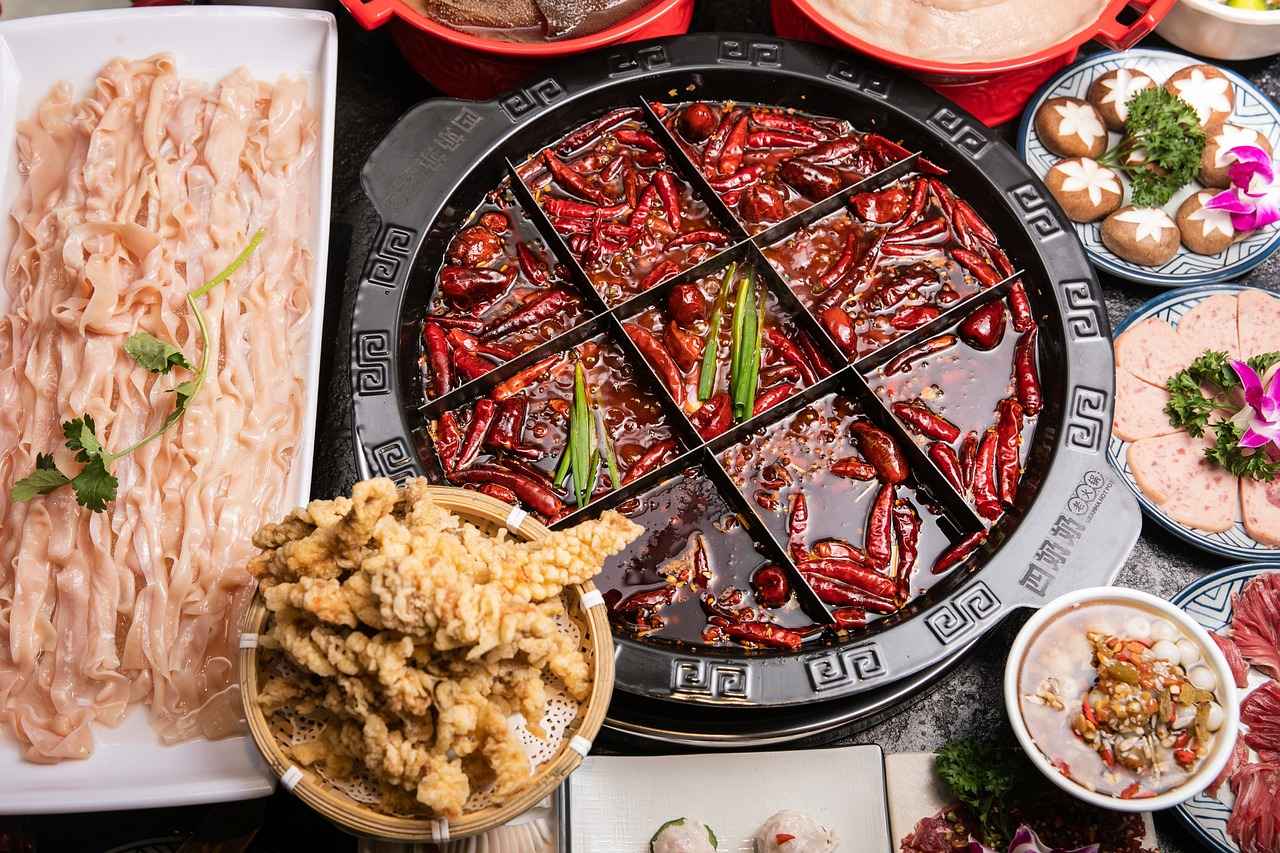
Does Hot Water Boil Faster? The Controversy
The question of whether hot water boils faster than cold has intrigued scientists, chefs, and curious minds alike for centuries. While it seems like a straightforward inquiry, the answer is not as simple as one might think. This section aims to explore the various facets of this debate, including scientific evidence, anecdotal experiences, and the implications for everyday cooking.
At the heart of this controversy lies the Mpemba effect, a phenomenon where hot water can freeze faster than cold water under certain conditions. This effect, first documented by a Tanzanian student named Erasto Mpemba in the 1960s, raises questions about the behavior of water at different temperatures. While the Mpemba effect primarily concerns freezing, it also invites speculation about boiling rates. Some argue that the same principles that allow hot water to freeze quickly may also enable it to reach the boiling point faster.
Scientific studies have produced mixed results regarding the boiling rates of hot versus cold water. In controlled experiments, researchers have tested the boiling times of water at various initial temperatures. Some studies have indicated that hot water may boil faster due to its higher initial energy state, while others suggest that the difference is negligible when considering other factors such as heat source and container material.
| Study | Findings |
|---|---|
| University of California Study | Hot water boiled slightly faster due to higher initial temperature. |
| New Zealand Experiment | No significant difference observed in boiling times. |
| Physics Journal Analysis | Variability in heat sources had a greater impact than water temperature. |
Another critical aspect to consider is the heat source. Different methods of heating water, such as gas, electric, or induction, can significantly influence boiling times. For instance, gas stoves often provide a more intense heat compared to electric burners, which can lead to faster boiling times irrespective of the water’s initial temperature.
Moreover, environmental factors such as altitude and atmospheric pressure also play a crucial role in boiling. At higher altitudes, the boiling point of water decreases, which can affect cooking times and methods. This means that even if hot water were to boil faster under normal conditions, the same may not hold true in different environments.
In practical cooking scenarios, understanding the nuances of boiling water can enhance efficiency. For instance, starting with hot tap water may reduce the time it takes to reach a boil, but it’s essential to consider the overall cooking process. Many chefs recommend using a lid on pots to trap heat and speed up boiling, regardless of the initial water temperature.
In conclusion, while the debate over whether hot water boils faster than cold continues, it is clear that numerous factors influence boiling times. The Mpemba effect, scientific studies, heat sources, and environmental conditions all contribute to this complex question. By understanding these variables, home cooks can optimize their boiling practices and improve their culinary skills.
The Mpemba Effect Explained
The Mpemba effect is a fascinating phenomenon that suggests that, under specific conditions, hot water can freeze faster than cold water. This counterintuitive observation has intrigued scientists and laypeople alike, prompting extensive research to understand its implications. In this section, we will delve deeper into the Mpemba effect, exploring its underlying principles, historical context, and potential applications.
First documented by Tanzanian student Erasto Mpemba in 1963, the effect challenges our conventional understanding of thermodynamics. Mpemba observed that ice cream mixtures made with hot water froze faster than those made with cold water. This observation led to a series of experiments that sought to replicate the results and uncover the reasons behind this unexpected behavior.
Several factors contribute to the Mpemba effect, including:
- Evaporation: Hot water evaporates more quickly than cold water, reducing the volume that needs to freeze. This loss of mass can lead to faster freezing times.
- Convection Currents: The movement of warmer water can create convection currents that distribute heat more evenly, allowing the water to cool more rapidly.
- Supercooling: Cold water may supercool without freezing, while hot water may skip this phase and freeze more readily.
- Impurities: Hot water may have fewer dissolved gases and impurities compared to cold water, potentially affecting the freezing process.
Despite the intriguing nature of the Mpemba effect, it is essential to note that it does not occur under all conditions. The effect is influenced by various factors, such as the initial temperature of the water, the environment in which freezing occurs, and the specific properties of the container used. For instance, the Mpemba effect is more likely to be observed in certain types of containers, such as shallow trays, which allow for better heat dissipation.
Scientific studies have produced mixed results regarding the Mpemba effect, with some experiments successfully demonstrating it while others have failed to replicate the findings consistently. This inconsistency has led to ongoing debates within the scientific community about the mechanisms at play. Researchers continue to investigate the phenomenon, aiming to develop a clearer understanding of when and why hot water may freeze faster than cold.
Beyond its intriguing scientific implications, the Mpemba effect also has practical applications. For instance, understanding this phenomenon can help in optimizing processes in industries that rely on freezing, such as food preservation and cryogenics. Additionally, it may offer insights into natural processes, such as the formation of ice in lakes and rivers.
In conclusion, the Mpemba effect serves as a reminder of the complexities of thermal dynamics and the need for further exploration in the field of physics. While it may seem paradoxical that hot water can freeze faster than cold, this phenomenon encourages us to question our assumptions and deepen our understanding of the natural world.
Scientific Studies on Boiling Rates
Numerous experiments have been conducted to test the boiling rates of hot versus cold water. The question of whether hot water boils faster than cold has intrigued scientists and home cooks alike for centuries. This section summarizes key findings from notable studies in this area, providing insights into the boiling process and the factors that influence it.
One of the most renowned studies was conducted by Dr. George Mpemba in the 1960s, which led to the formulation of the Mpemba Effect. This phenomenon suggests that, under certain conditions, hot water can freeze faster than cold water. Although primarily focused on freezing, the implications of Dr. Mpemba’s findings have sparked interest in the boiling process as well. Researchers have since conducted various experiments to explore the boiling rates, often yielding surprising results.
In a study published in the Journal of Physics, researchers compared the boiling times of water at different initial temperatures. They discovered that while hot water generally reaches its boiling point faster, the difference is not as significant as one might expect. The study highlighted that factors such as container material, heat source, and water volume play crucial roles in determining boiling efficiency.
| Study | Findings |
|---|---|
| Mpemba Effect Study | Hot water can freeze faster than cold under specific conditions. |
| Journal of Physics Experiment | Initial temperature impacts boiling time, but other factors are significant. |
| Heat Source Comparison | Electric stoves tend to boil water faster than gas due to heat distribution. |
Another significant factor influencing boiling rates is the heat source. A study comparing gas, electric, and induction cooktops found that induction cooktops were the most efficient, boiling water quicker than their counterparts. This efficiency is attributed to the direct heating of the pot rather than heating the air around it.
Additionally, it is essential to consider the volume of water being heated. Larger volumes take longer to reach boiling point, regardless of the initial temperature. Therefore, when comparing hot and cold water, the volume must be consistent to ensure a fair evaluation.
Moreover, the container shape can significantly impact boiling times. Wide, shallow pans allow for more surface area, facilitating faster heat transfer and quicker boiling. In contrast, tall, narrow pots may trap heat and slow down the process.
In conclusion, while hot water may boil faster than cold under specific conditions, the overall boiling rate is influenced by a complex interplay of factors. Understanding these variables can help both scientists and home cooks optimize their boiling practices for better efficiency.
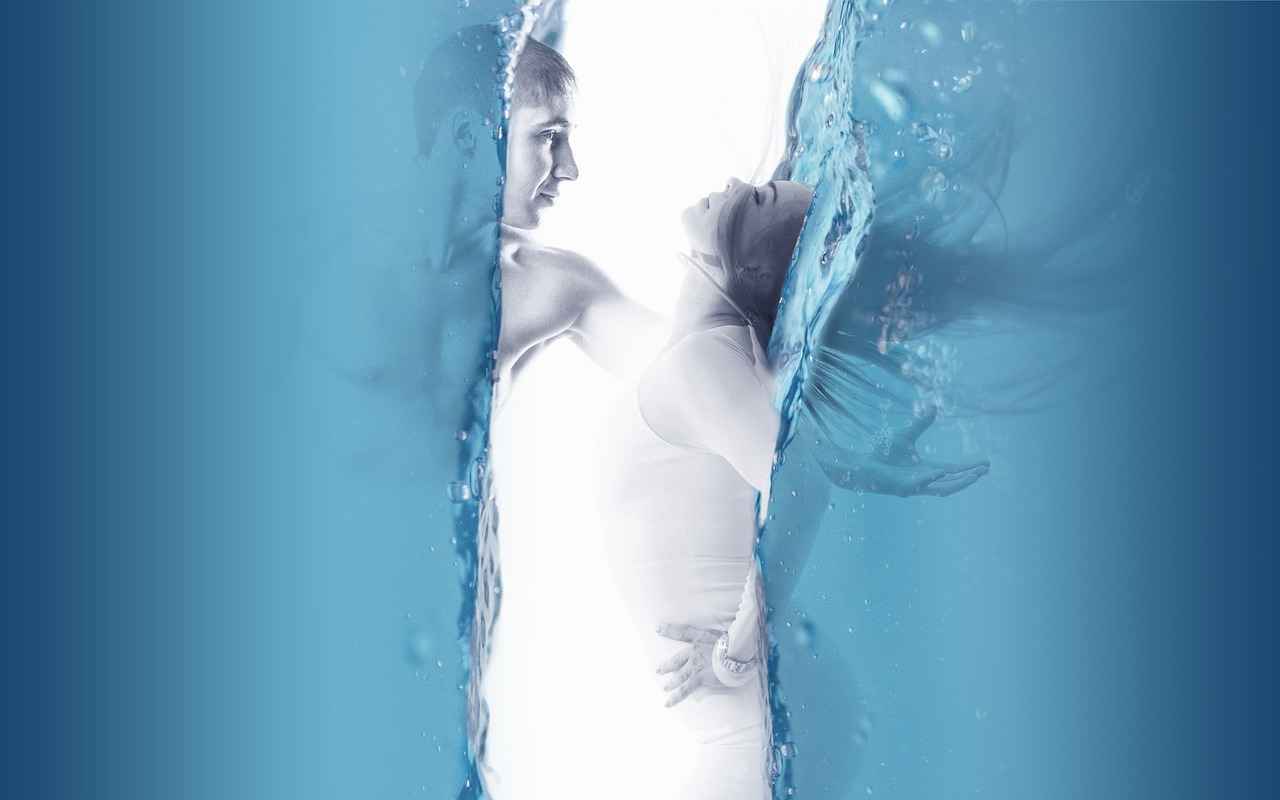
Practical Applications in Cooking
When it comes to cooking, understanding boiling times is essential for enhancing efficiency and achieving optimal results in your culinary endeavors. This section provides practical tips for home cooks on how to optimize boiling times for various recipes, ensuring that you get the most out of your cooking experience.
Boiling times can vary significantly depending on several factors, including the type of food being cooked, the amount of water used, and the heat source. To maximize your cooking efficiency, it’s important to be aware of these variables and how they influence boiling times.
- Preheat Your Water: If you’re starting with cold water, consider preheating it in a kettle or using hot tap water to reduce the time it takes to reach a boil.
- Use a Lid: Covering your pot can trap heat and steam, significantly speeding up the boiling process. This simple trick can save you valuable time in the kitchen.
- Choose the Right Pot: A pot with a larger surface area will heat water faster than a narrow one. Additionally, using a pot made of materials that conduct heat well, such as copper or stainless steel, can further enhance boiling speed.
- Adjust Your Heat Source: If using an electric stove, ensure that the burner is set to the highest setting. For gas stoves, adjust the flame to fully envelop the bottom of the pot for maximum heat transfer.
Different foods require different boiling times. Here are some common items and their optimal boiling durations:
| Food Item | Boiling Time |
|---|---|
| Potatoes (cubed) | 10-15 minutes |
| Pasta | 8-12 minutes |
| Eggs | 9-12 minutes (for hard boiled) |
| Vegetables (e.g., carrots) | 5-10 minutes |
There are many myths surrounding boiling water that can lead to confusion in the kitchen. For instance, many believe that adding salt to water will make it boil faster. In reality, while salt raises the boiling point of water, the effect is minimal and can actually slow the boiling process slightly. Instead, it is more effective to add salt once the water has reached a boil, as this will enhance the flavor of your food without impacting cooking times.
To further enhance your cooking efficiency, consider these additional tips:
- Batch Cooking: If you have multiple items to boil, try to do them in batches to save time and energy.
- Use Smaller Portions: Smaller quantities of food will boil faster than larger ones, so consider cutting items into smaller pieces for quicker cooking.
By applying these practical tips and understanding the science behind boiling times, you can significantly improve your cooking efficiency. This knowledge not only enhances your culinary skills but also helps you save time and energy in the kitchen, allowing you to enjoy your meals even more.
Best Practices for Boiling Water
When it comes to boiling water efficiently, implementing certain practices can significantly reduce the time it takes to reach a rolling boil. Here are some expert recommendations that can help you maximize boiling efficiency in your everyday cooking.
- Start with a Lid: Covering your pot with a lid traps heat, allowing the water to reach its boiling point more quickly. This simple step can save you valuable time in the kitchen.
- Use a Wide Pot: A wider surface area allows for more heat transfer, which can speed up the boiling process. Consider using a larger pot if you’re boiling a significant amount of water.
- Choose the Right Heat Source: Different heat sources can vary in efficiency. Gas stoves typically provide quicker heat than electric ones. If you have an induction cooktop, it can also significantly reduce boiling time due to its direct heating method.
- Preheat Your Water: If you have access to hot water from your tap, using it instead of cold can reduce boiling time. However, ensure your tap water is safe for cooking.
- Avoid Overcrowding: When boiling multiple items (like pasta or vegetables), ensure there’s enough space in the pot. Overcrowding can lower the water temperature, causing it to take longer to boil.
- Use a Kettle: Electric kettles are often more efficient for boiling water compared to stovetops. They typically have a higher wattage, which means they can bring water to a boil faster.
- Monitor Altitude Changes: If you live at a high altitude, be aware that water boils at lower temperatures. Adjust your cooking times accordingly to ensure food is cooked properly.
By incorporating these best practices into your cooking routine, you can enhance your efficiency when boiling water. Not only will this save you time, but it will also improve the overall quality of your cooking. Remember that every kitchen is different, so experiment with these techniques to find what works best for you.
Additionally, understanding the science behind boiling can further enhance your cooking skills. The temperature of the water, the type of pot used, and the heat source all play critical roles in how quickly water boils. By optimizing these factors, you can ensure that you achieve the best results every time.
Common Cooking Myths Debunked
In the culinary world, myths and misconceptions abound, particularly when it comes to the boiling of water. One prevalent belief is that adding salt to water can make it boil faster. However, this notion is not entirely accurate and deserves further examination. This section aims to debunk common cooking myths and provide clarity on effective cooking techniques.
First and foremost, the idea that adding salt to water significantly increases its boiling speed is misleading. While it is true that salt raises the boiling point of water, this effect is minimal and not sufficient to make a noticeable difference in cooking time. In fact, the amount of salt typically used in cooking is so small that the change in boiling point is negligible. The primary reason for adding salt to water is to enhance the flavor of the food being cooked, rather than to expedite the boiling process.
Another common myth is that hot water boils faster than cold water. This misconception stems from the intuitive thought that if water is already warm, it will reach the boiling point more quickly. However, the reality is more nuanced. The rate at which water boils depends on several factors, including the heat source, the volume of water, and the initial temperature. Scientific studies have shown that, under controlled conditions, there is no significant difference in boiling times between hot and cold water. This is often referred to as the Mpemba effect, which suggests that hot water can freeze faster than cold under certain conditions, but it does not apply to boiling.
Additionally, many people believe that covering a pot will make water boil faster. While this is true to some extent, as it traps heat and reduces evaporation, the actual time savings may not be as substantial as expected. A covered pot will indeed reach boiling point more quickly, but the difference may only be a few minutes, depending on the initial conditions.
When it comes to cooking pasta, there’s a widespread notion that adding oil to boiling water prevents sticking. In reality, this practice can hinder the sauce from adhering to the pasta, as the oil creates a barrier. Instead, stirring the pasta during the first few minutes of cooking is a more effective method to prevent sticking.
Another myth involves the belief that using a larger pot will boil water faster. While a larger pot can hold more water, it also requires more heat to bring that water to a boil. Therefore, the size of the pot should be chosen based on the amount of food being prepared, rather than the assumption that bigger is better for boiling.
In conclusion, understanding these common myths surrounding boiling water can enhance your cooking efficiency and improve the quality of your dishes. By debunking these misconceptions, cooks can adopt more effective practices, ensuring that their culinary endeavors are both successful and enjoyable. Always remember that cooking is as much about science as it is about art, and being informed can make a significant difference in the kitchen.
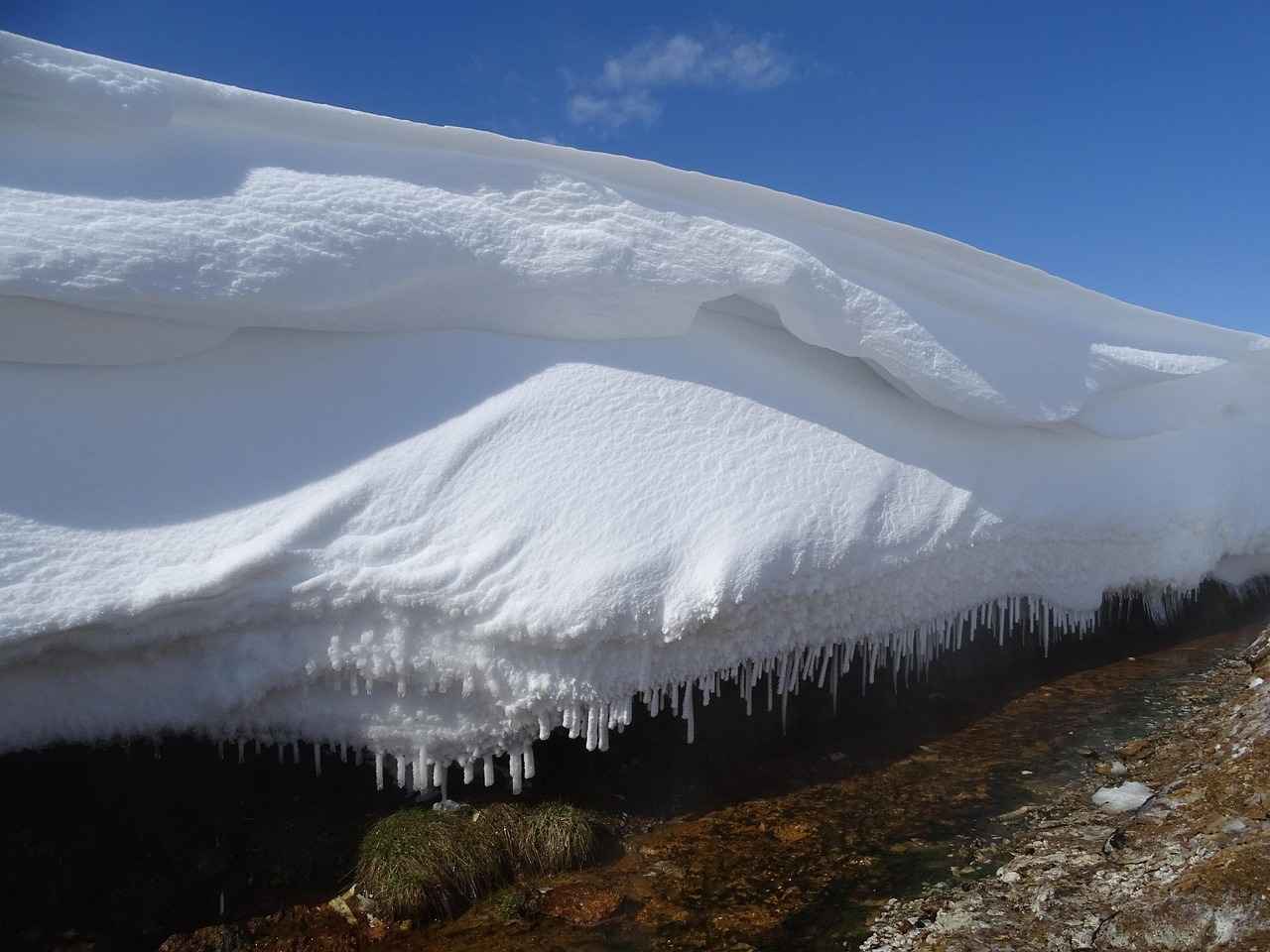
Conclusion: Key Takeaways on Boiling Water
In this section, we will summarize the essential insights gained from both scientific analysis and practical advice regarding the boiling process. Understanding these key points can significantly enhance your cooking efficiency and overall culinary experience.
The boiling process is influenced by several factors, including temperature, pressure, and the heat source. When water reaches its boiling point, it undergoes a phase transition from liquid to vapor, which is critical for various cooking methods. Recognizing how these elements interact can help home cooks make informed decisions in the kitchen.
- Temperature Matters: The initial temperature of the water plays a crucial role in how quickly it boils. Hot water, while it may seem counterintuitive, can sometimes reach boiling faster than cold water due to its higher starting temperature.
- Pressure Effects: Atmospheric pressure significantly impacts boiling points. At higher altitudes, for instance, the decreased pressure lowers the boiling point of water, which can affect cooking times and methods.
- Heat Source Variability: The type of heat source—whether gas, electric, or induction—affects how efficiently heat is transferred to the water. Induction cooktops, for example, often provide faster boiling times due to their direct heating capabilities.
Additionally, practical applications in cooking can be derived from these insights. For instance, using a lid on the pot can trap heat and steam, allowing water to boil more quickly. Furthermore, understanding the Mpemba effect—the phenomenon where hot water can freeze faster than cold under certain conditions—adds another layer of complexity to the boiling debate.
It’s also essential to debunk common myths surrounding boiling water. A prevalent misconception is that adding salt to water increases its boiling speed. In reality, while salt does raise the boiling point, the difference is negligible in practical cooking scenarios.
In conclusion, the boiling process is a fascinating interplay of physics and practical cooking techniques. By understanding the factors that influence boiling times, such as temperature, pressure, and heat sources, cooks can optimize their methods for better results. These insights not only streamline cooking but also enhance the overall culinary experience, ensuring that meals are prepared efficiently and effectively.
Frequently Asked Questions
- Does hot water really boil faster than cold water?
It’s a common misconception! Generally, hot water doesn’t necessarily boil faster than cold water due to various factors like heat transfer and the initial temperature. However, under certain conditions, it might seem like it does.
- What is the Mpemba effect?
The Mpemba effect is a fascinating phenomenon where, under specific circumstances, hot water can freeze faster than cold water. This effect has puzzled scientists and is still a topic of research!
- How does altitude affect boiling time?
At higher altitudes, the boiling point of water decreases because of lower atmospheric pressure. This means that water will boil at a lower temperature, which can affect cooking times and methods.
- Can I speed up boiling by adding salt?
Actually, adding salt increases the boiling point of water, which means it can take longer to reach a boil. So, while it may enhance flavor, it doesn’t speed up the boiling process!
- What type of heat source is best for boiling water?
Different heat sources have varying efficiencies. Gas stoves typically heat faster than electric ones, while induction cooktops can be the quickest due to direct heating. Choose based on your cooking needs!
